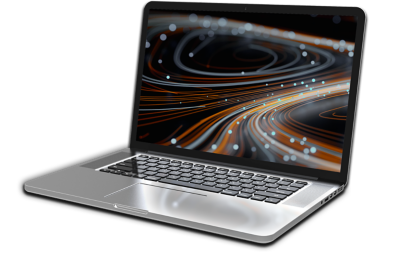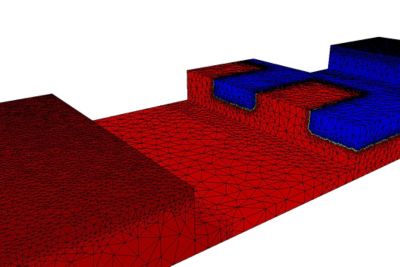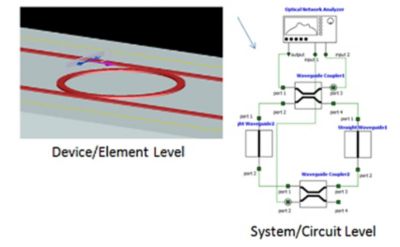簡要規格
藉由運用順暢的多物理工作流程,在統一的設計環境中精準擷取光學、電子、熱和量子相互作用,簡化光子元件設計的複雜度。
我們直覺易用的產品設計軟體,是專為設計工程工作流程而開發,提供快速的使用者體驗。快速設計探索功能包括詳細分析真實世界的產品效能。即時物理及準確的高傳真度模擬,結合易用的介面,可支援加速上市時間。


加入 Ansys Photonics 社群
藉由運用順暢的多物理工作流程,在統一的設計環境中精準擷取光學、電子、熱和量子相互作用,簡化光子元件設計的複雜度。

「我們在開發第一個 SOA 精簡模型時,選擇領先業界的光子模擬工具供應商 Ansys Lumerical 來當我們的合作夥伴,為客戶帶來無與倫比的設計彈性與信心。SOA 增益區塊是工程師針對其應用,設計雷射放大的基本要素,同時省去製造初始原型的時間。」

「透過 Ansys Lumerical 的最佳化,指令碼處理和雲端支援,我們得以最佳化 X8 電路的每個元件,達到前所未有的低損失表現、小巧體積,以及高製造公差。」

「Ansys Lumerical FDTD 解決方案搭配其雲端加速器,可讓我們減少 15% 以上的插入損失,同時大幅加快設計時程。」

「Lumerical FDTD 解決方案是我們研發架構不可或缺的一部分。簡單易用的版面配置可讓我們快速設定短期專案,而其指令碼功能、說明文件和範例則讓我們能以一致且有效的方式推動技術發展。」

「使用 Lumerical FDTD 解決方案,我們用自訂指令碼建立了高度準確的微共振腔 OLED 模型,可用於製作產品。Lumerical 在減少時間和成本方面發揮了重要作用,並持續作為執行我們當前專利 OLED 光學結構調整方法的主要工具。」

「我們使用 Ansys Lumerical FDTD + AWS + Python API 設計此超穎表面的每一奈米結構,同時使其相容於 CMOS 製程公差。Lumerical 的 AWS 解決方案讓 Lumotive 能夠將我們的設計週期以兩到三個數量級成長,而不會額外造成成本或準確性方面的妥協。」

透過成熟和無近似的 FDTD 方法執行大規模物理模擬的能力,使我們在下線時更有信心。Lumerical 以 FDTD 為基礎的 HPC 方法已經證實是最快速且最具成本效益的方法。」

「Lumerical 軟體對我們的研究來說相當寶貴。非常實用的功能會持續增加,讓它維持領先市場的聲譽。」
2025 年 7 月
最新版本的 Ansys Lumerical Multiphysics 引入了設計加速的新功能,包括 Ansys Engineering Copilot 與增強的 CAD 互通性,為次世代光子系統設計人員帶來更高的靈活性與可擴展性。

Ansys Engineering Copilot 現已整合進 Ansys Lumerical Multiphysics,可在產品內直接使用 AI 助理。

Ansys Lumerical Multiphysics 現在可匯入來自 Parasolid、SolidWorks、CATIA、Autodesk Inventor 與 ACIS 檔案的 CAD 物件。
功能
Lumerical Multiphysics 中的求解器、流暢的工作流程以及功能套件,能精確擷取被動和主動式光子元件建模中物理效應的相互關係。

設計並最佳化各種光子元件。

對 Ansys 而言,確保所有使用者皆能運用本公司產品非常重要,身心障礙者也不例外。因此,我們致力於遵循美國無障礙委員會 (第 508 條)、Web內容無障礙指南 (WCAG)、與目前自願產品無障礙工具範本 (VPAT) 的格式等各項無障礙要求。
如果您面臨工程挑戰,我們的團隊將隨時為您提供協助。憑藉豐富的經驗和對創新的承諾,我們邀請您與我們聯絡。讓我們共同合作,將您的工程障礙轉化為成長和成功的機會。立即與我們聯絡,開始對話。



